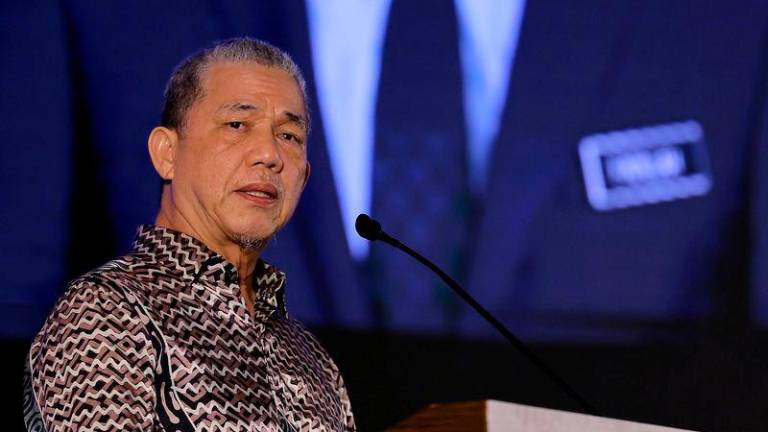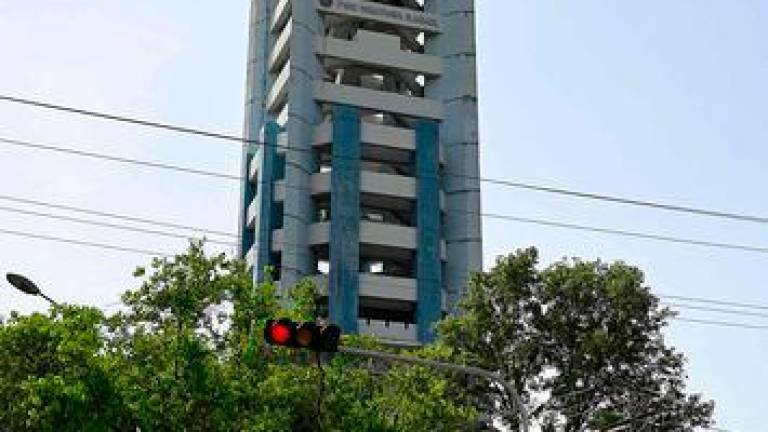KUALA LUMPUR: The Buy Now Pay Later (BNPL) schemes continue to target selected segments of Malaysian households with the majority of users being younger and lower-income borrowers.
Anecdotal evidence among selected larger BNPL players pointS to an increasing trend in missed repayments, suggesting that such risks may be rising, Bank Negara Malaysia (BNM) said today.
Share of BNPL users with overdue payments in the fourth quarter (4Q) of 2022 was 17 per cent; 2Q 2022: 14 per cent; and 4Q 2021: seven per cent, the central bank said in its Financial Stability Review for the second half of 2022 released here today.
“About 44 per cent of BNPL users are aged between 18 and 30 years old. More than 80 per cent of BNPL users earn less than RM3,000 a month, and therefore, are more susceptible to financial stress,” said BNM.
The relatively easier access to BNPL facilities may place users at a higher risk of spending beyond their means, without considering their ability to promptly repay the full loan amount.
Given the lack of transparency over fees and charges, particularly late payment charges and processing fees imposed under these schemes, users may also be unaware of the total amount that they must repay, it explained.
However, the financial stability risks associated with BNPL schemes remained limited as BNPL exposures accounted for only 0.05 per cent of total household debt.
Nevertheless, the BNM is cognisant of the conduct risks that BNPL poses to consumers and has taken steps to mitigate this for BNPL schemes offered by entities that are regulated by the bank.
Avert risk of over-indebtedness among young, lower-income borrowers The Ministry of Finance, BNM and the Securities Commission remain committed to expediting the tabling of the proposed Consumer Credit Act (CCA).
Once enacted, non-bank credit providers such as BNPL providers will be required to comply with relevant prudential and conduct standards.
Apart from promoting a level playing field between banks and non-bank BNPL providers, these ongoing efforts aim to accord the same level of protection to financial consumers in relation to BNPL schemes regardless of which provider they deal with.
These efforts will also help to mitigate risks from over-indebtedness building up among younger and lower-income borrowers, it said.
Credit risk from the household sector remained manageable In the second half of 2022, quarterly growth of household debt was higher at 1.5 per cent, in line with ongoing improvements in the labour market and income conditions, said BNM.
Consequently, in annual terms, household debt expanded at a faster pace of 5.5 per cent (June 2022: 5.3 per cent).
Notwithstanding this increase, the ratio of household debt-to-GDP fell further to 81.2 per cent (June 2022: 84.5 per cent), as nominal Gross Domestic Product (GDP) grew at a stronger pace in the second half of 2022.
Household debt continued to be driven by housing loans, pointing to sustained demand for house purchases spurred by measures to encourage home ownership.
The growth in car loans was also lifted by higher disbursements for the purchase of vehicles during the sales tax exemption period (December 2022: 7.0 per cent; June 2022: 4.2 per cent).
Outstanding credit card loans also recorded faster growth during the period. Nonetheless, the proportion of household debt attributable to consumption loans has remained broadly unchanged. -Bernama










